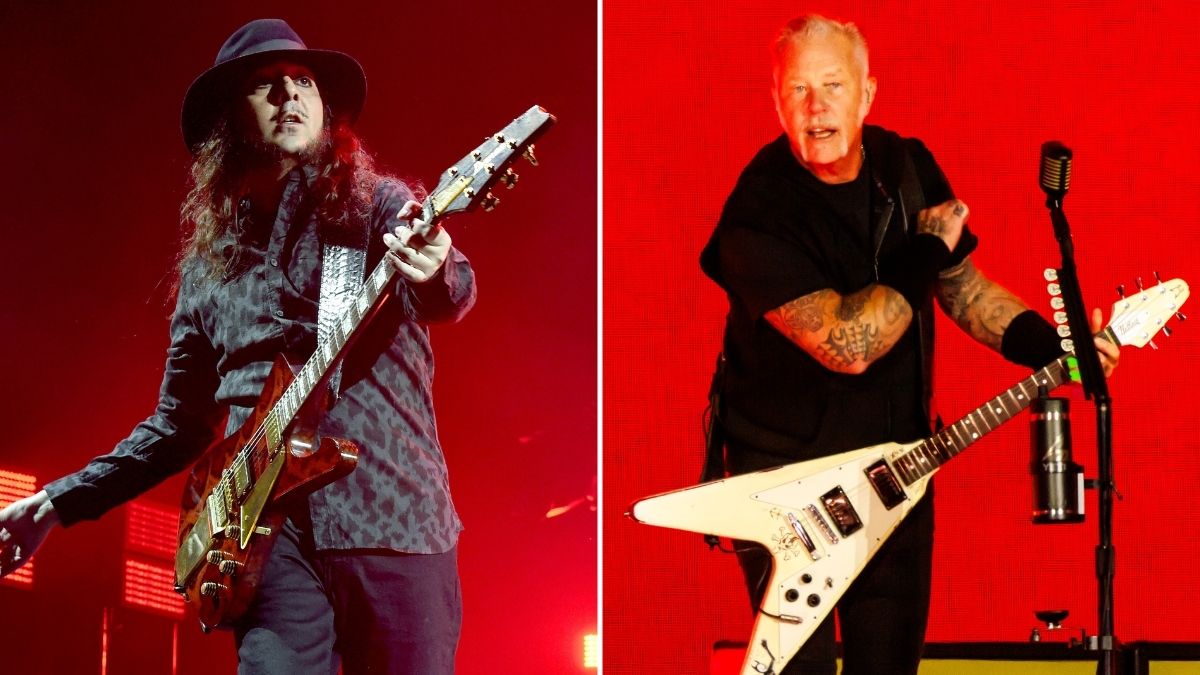Musical Fluency: Building Your Rhythmic, Harmonic and Melodic Vocabulary

I’ve recently been going through a number of masterclass videos from jazz piano great Hal Galper. Not only is Galper a great musician, but he’s also a very articulate and inspiring teacher.
In one masterclass on practicing, Galper talks about building your vocabulary as a musician. He breaks this down into three categories: rhythm, harmony and melody.
Something about this simple categorization really jumped out at me. When you stop to think about it, those three areas are all you really need to worry about when it comes to vocabulary. No matter what sort of material you’re practicing, you’re basically either working on the rhythmic, harmonic or melodic aspect of your playing.
Let’s take a closer look at each of these types of musical vocabulary.
Rhythm
Rhythmic vocabulary is anything that has to do with manipulating the timing of the music. This can translate into working on reading rhythmic notation, understanding strumming patterns, building odd rhythms or locking into a groove, just to name a few ideas.
It means developing a strong sense of inner-pulse, playing around that pulse and manipulating that pulse for emotional effect.
All the latest guitar news, interviews, lessons, reviews, deals and more, direct to your inbox!
Effort put into your rhythmic vocabulary pays off in the kind of insane rhythmic mastery shown by guitarists like Fredrik Thordendal and Mårten Hagström of Meshuggah.
Harmony
Harmonic vocabulary is where guitarists spend a lot of their time. When it comes down to it, we work mostly as accompanists. So it makes sense that we would focus on understanding chord shapes, chord progressions and the theory behind how chords are built.
A great way to develop your harmonic vocabulary is to look for inspiration on other instruments or in other genres. What can you learn about building chords on the guitar from the vocal harmonies of choral composers like Arvo Part? Or from the lute compositions of Bach?
For example, just give a listen to the interesting textures this vocal composition by Arvo Part lends to a quartet of guitars:
Melody
Melodic vocabulary is perhaps one area that we guitarists could stand to improve the most. The grid-like layout of the fretboard can make it easy to focus on scale shapes and patterns rather than letting our ear guide us.
Effective melodies are usually ones that are the most vocal-like, and so are often very simple. For some great examples of melodic guitar playing, give a listen to Grant Green, David Gilmour or one of my favorite guitarists, Derek Trucks.
Guided By Instinct
One of Hal Galper’s main points in his masterclass on practicing is to become aware of what resonates with you. The music that speaks to us does so for a reason. It’s showing us something about our own approach to music and our own playing.
As you listen to music, pay attention to what stands out to you. Then ask yourself why. What is that music trying to show you about your playing? Is it your rhythm, your harmony or your melodic vocabulary?
Image courtesy of EpicFireworks
Ben Rainey works as a guitar teacher and freelance guitarist in the Pittsburgh area. He's also in charge of music content at Tunessence.com.
